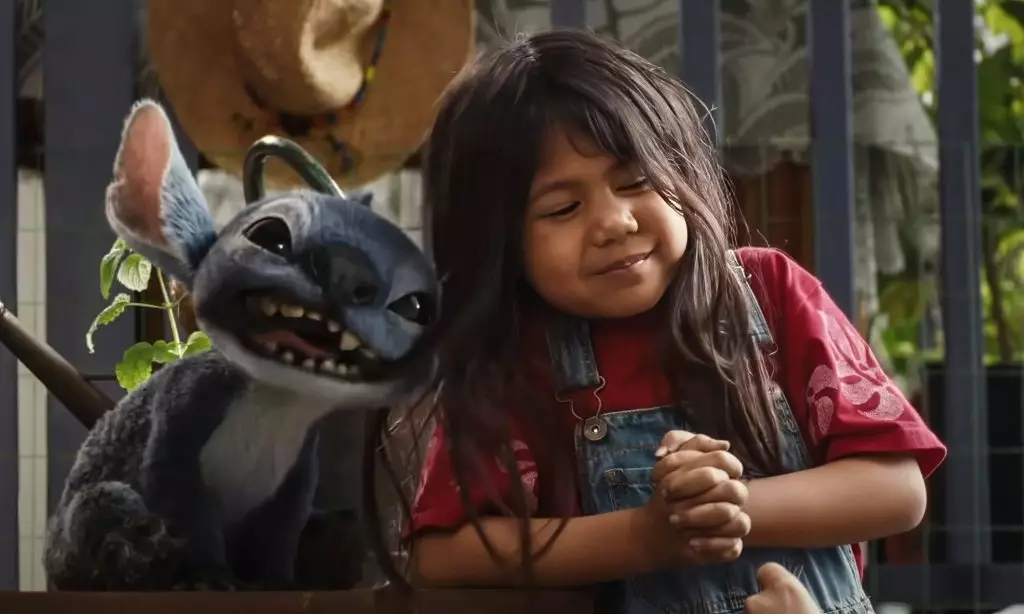Disney’s Lilo & Stitch’s recent achievement of crossing the $1 billion milestone is often heralded as a testament to its broad appeal and cultural resonance. However, upon closer scrutiny, this financial feat reveals more about Hollywood’s reliance on nostalgia and franchise familiarity than actual creative innovation. While the film enjoys commercial success, it suggests that Disney has become increasingly dependent on rehashed properties, rather than investing in fresh storytelling that can truly captivate audiences long-term.
The film’s remarkable opening—shattering Memorial Day weekend records with a $183 million debut—may spark praise, but it also underscores Hollywood’s obsession with safe bets. Such blockbuster launches are less about artistry and more about calculated marketing strategies designed to recoup investments quickly. Smaller, riskier films that push creative boundaries continue to struggle to find similar recognition. The industry’s focus has shifted toward ensuring every franchise acts as a guaranteed box office hit, often at the expense of meaningful innovation.
International Markets: The New Monopoly of Influence
Lilo & Stitch’s international box office success is striking, with nearly half of its earnings coming from abroad. While some may see this as a positive sign of global reach, it also highlights how Hollywood’s power hinges increasingly on foreign markets to pad box office numbers. Countries like Mexico, France, and Brazil now serve as essential battlegrounds that determine whether a film will be deemed successful or not, often dictating Hollywood’s production priorities.
This trend signals a troubling shift toward catering specifically to international tastes—sometimes at the expense of narratives that resonate locally. The dominance of foreign markets often leads studios to prioritize formulaic content that appeals universally, diluting cultural specificity and promoting a homogenized, globalized Hollywood product. This focus diminishes diversity of thought and encourages cookie-cutter storytelling over innovative cinema.
Creativity in Decline, Commercialism on the Rise
The fact that Disney’s Lilo & Stitch is now the highest-grossing film of 2025 so far is indicative of a broader systemic problem: the decline of originality in mainstream Hollywood. Directors like Dean Fleischer Camp are relegated to producing sequels and franchise entries, rather than pioneering new visions. The industry’s emphasis on guaranteed box office returns has created an environment where risk-taking is seen as inherently unprofitable.
This trend threatens the artistic integrity of filmmaking. Successful films have become less about storytelling craftsmanship and more about franchise longevity, marketability, and emotional nostalgia. While Disney’s brand simply reaped the benefits of this mindset, it also signals that Hollywood’s pipeline of inventive projects is drying up. The cultural landscape would benefit from a reinvigoration of independent voices and bold narratives, but current trends suggest studios will continue to prioritize comfortable, proven hits.
The False Promise of Billion-Dollar Blocks
Finally, the obsession with billion-dollar figures distorts perceptions of what success truly means in cinema. It’s easy to celebrate financial milestones, but they obscure the creative and cultural deficit embedded within these blockbuster phenomena. Hollywood’s focus on gross revenue often neglects quality storytelling, workforce diversity, and the long-term cultural impact of its films.
The meta-narrative of Lilo & Stitch surpassing a billion dollars should serve as a cautionary tale. It demonstrates that the industry values financial dominance over artistic worth, leading to a homogenized entertainment landscape increasingly disconnected from meaningful cultural contributions. Hollywood needs a shift away from this obsession with record-breaking revenues and toward nurturing innovative media that reflects the diverse realities of audiences worldwide.

